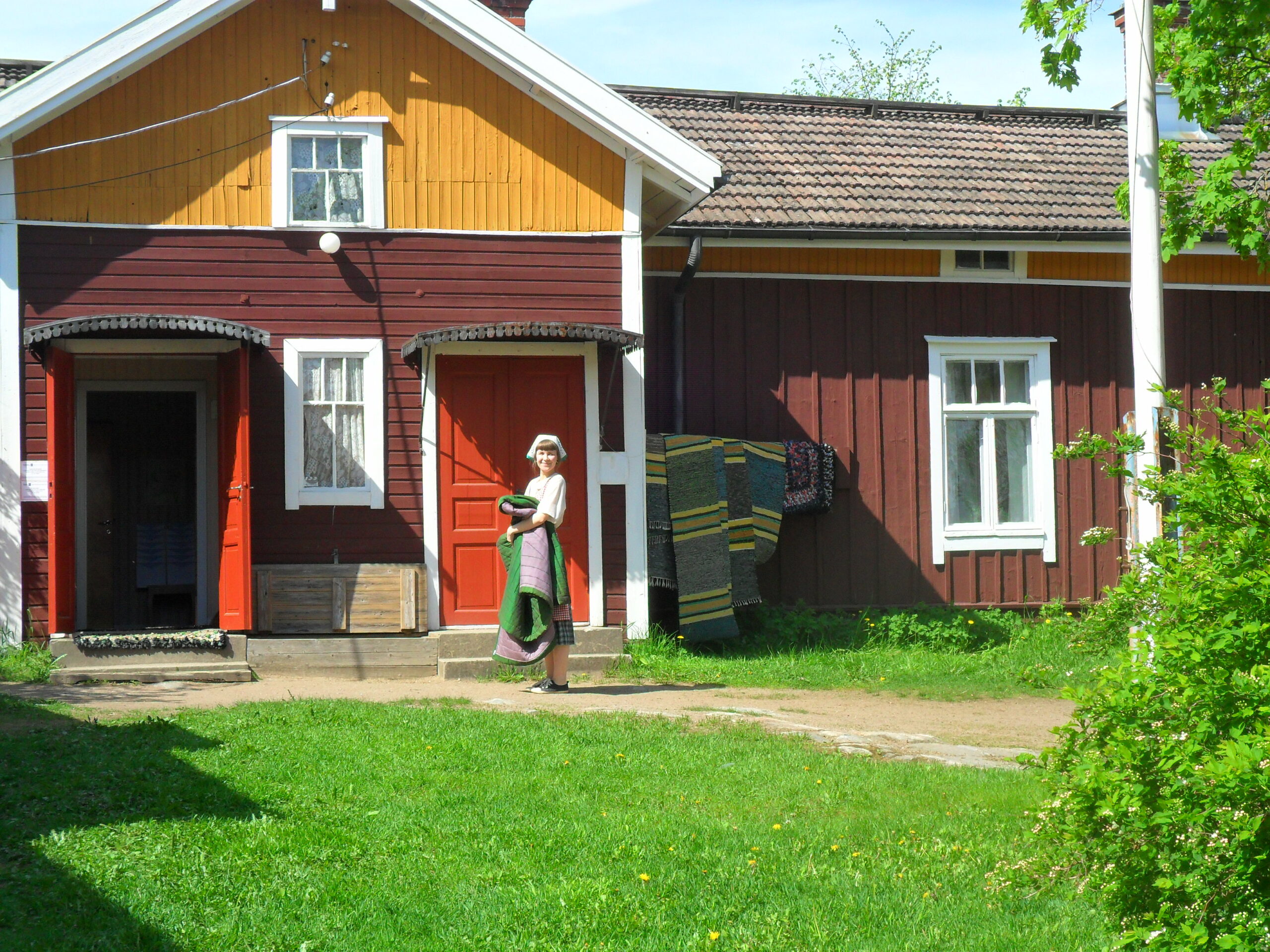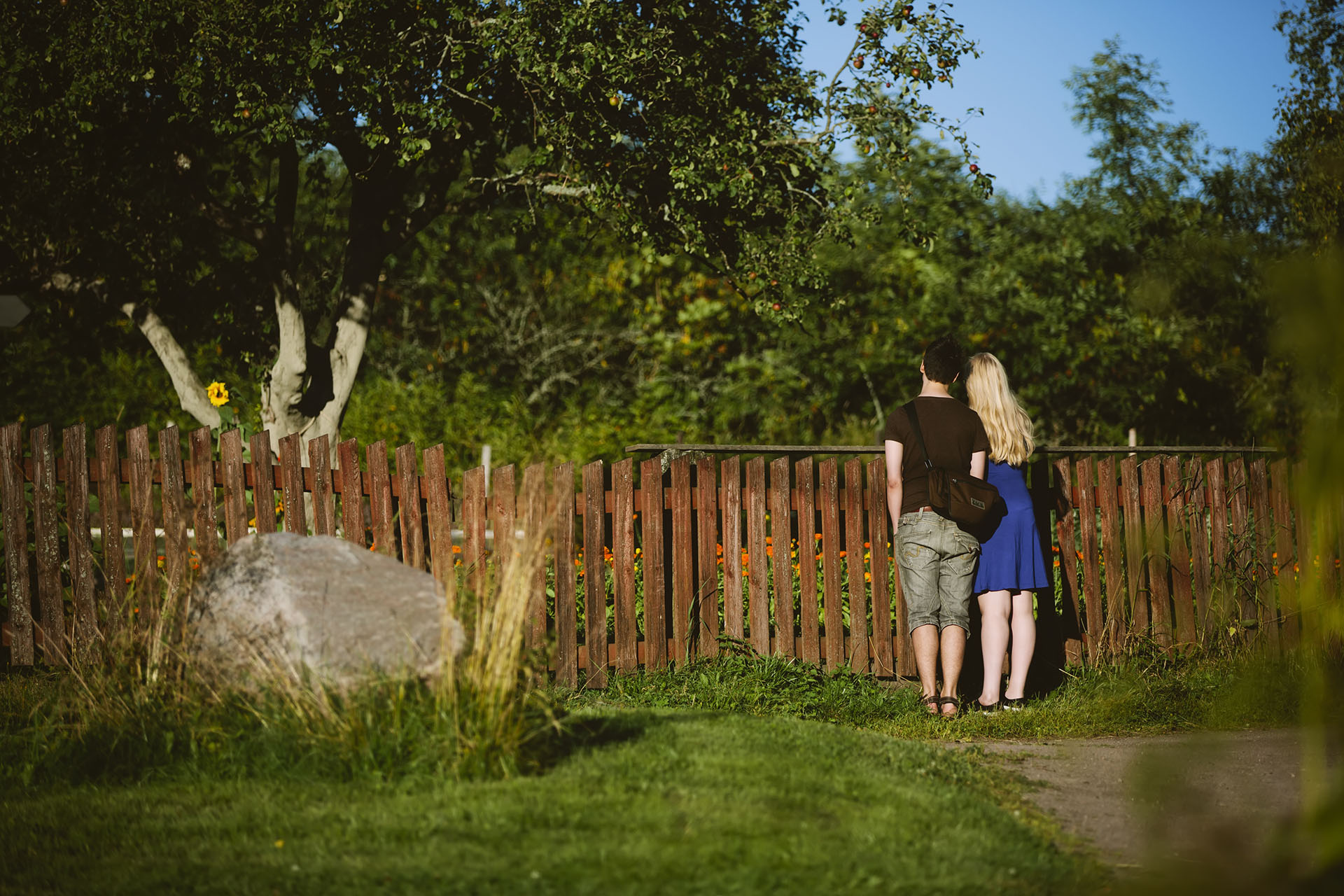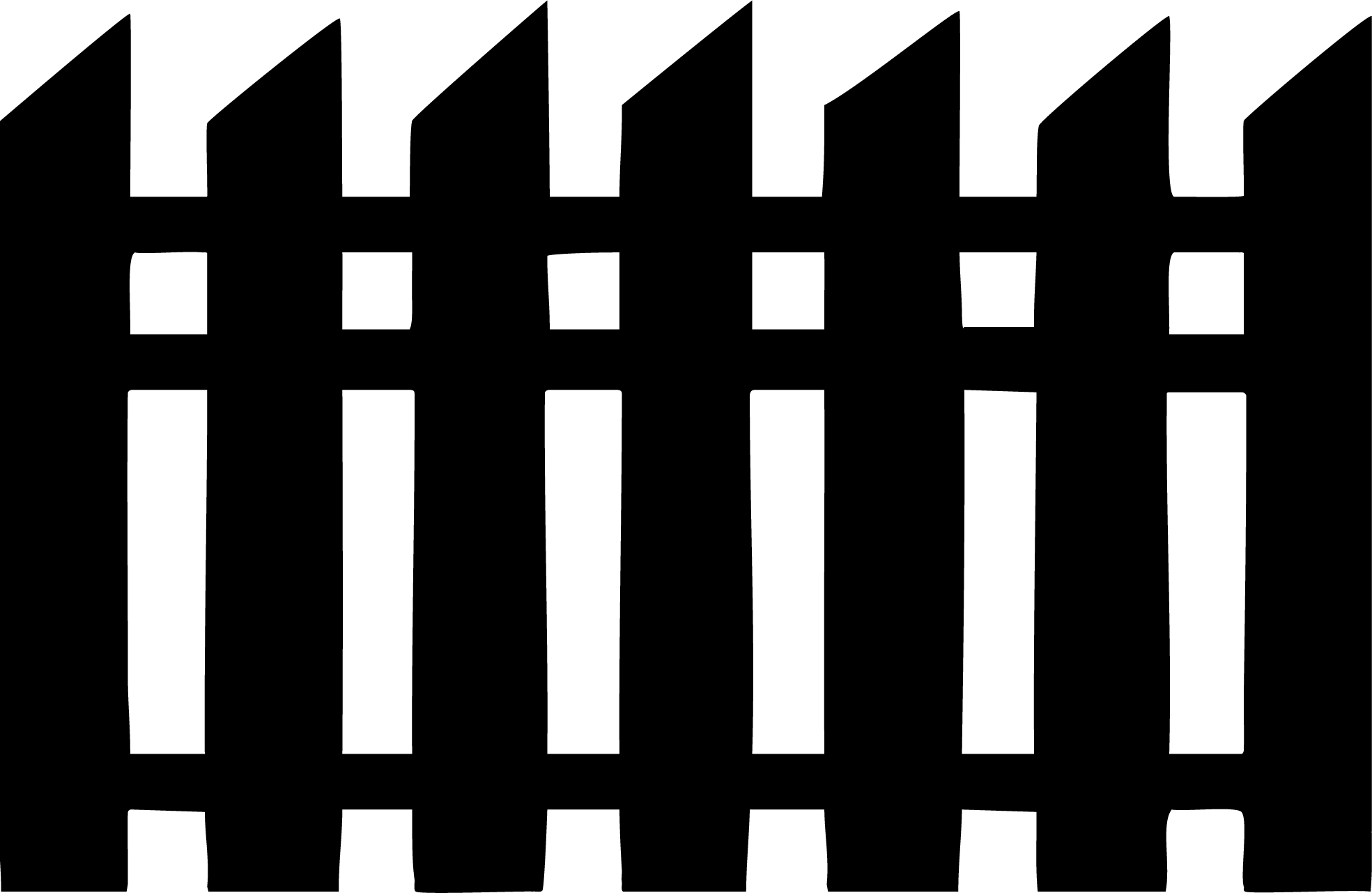History
Prehistoric settlements
The current cultivated cultural landscape of Kurala began to take shape in the Iron Age, more than a thousand years ago. By the middle of the Iron Age, the former straits of the sea had formed the rivers Aura and Jaaninoja, along which the settlements were concentrated.
The village has probably lived from the beginning by cultivating the land and tending livestock. The village’s location along the rivers and the ancient road of Hämeen Härkätie has also given the inhabitants the opportunity to trade. Archaeological evidence of habitation has been found in various parts of the hill, but the exact location and number of Iron Age buildings is not known. Kurala is home to one of the many Iron Age burial grounds in the Aura River Valley. The inhabitants of the hill were buried there from the 600s to the 1000s AD. The next evidence of settlement in the village is written records from the 13th century, but the hill is believed to have been inhabited continuously since the 600s. Kylämäki Village site is protected and preserved under the Antiquities Acts.
Houses and buildings of Kylämäki Village
The number of houses in the village was established at three during the 17th century. They came to be known as Kohmo, Rasi, and Huhko. In the 18th century, each was divided into two, with the prefixes Iso (Great) and Vähä (Little) added to their names. Of the six houses created, four remain: Iso-Kohmo, Vähä-Kohmo, Iso-Rasi, and Vähä-Rasi. They are still located on the plots established in the 1700s. The two Huhko houses became part of Iso-Rasi.
During the 18th century, house divisions were made between brothers, meaning that both Kohmo and both Rasi houses remained within the same families. Iso-Kohmo was passed down through a single family for the longest period, with the Kohmo family residing there from the 1650s until the 1970s. The Rasi family settled on the hill in the 1720s. The last owners of Iso-Rasi were the Haavisto family in the 1870s, while the Rusko family owned Vähä-Kohmo until the 1910s.
The present main buildings on the hill date from around the 19th century, except for Iso-Rasi, which was built in 1916. Most outbuildings were constructed in the 1920s and 1930s


Cultural landscape
The meadows and fields surrounding the village are a sign of the long coexistence of man and nature. These traditional biotopes are managed by grazing and mowing. Regular vegetation surveys are also carried out to monitor the evolution of species.
In the gardens and museum buildings, old ornamental and useful plant species are maintained, forming Turku City Museum’s collection of heritage plants. There are also native fruit trees and berry bushes from before the Winter War. A notable feature is the garden plan for Iso-Rasi, commissioned by the then Turku city gardener in the 1920s, which still has features such as a linden grove and a lilac arbour.

